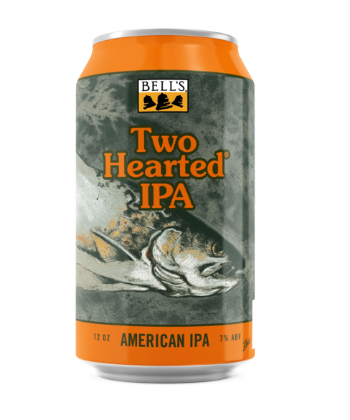There are beers that are important to the overall history of craft beer, and then there are beers that are still important today.
San Francisco’s Anchor Brewing arguably made the first American-style IPA when they released the Cascade-powered Liberty Ale in 1975. Revolutionary no doubt, and still available today, but not something most modern IPA hawks seek out. It’s capital-I Important, but it’s not exactly important in 2022. (Anchor’s newly released West Coast IPA is probably more critical to the moment.)
By the same token, there are beers like Sierra Nevada Celebration IPA, Russian River Pliny the Elder, and The Alchemist Heady Topper that were likewise revolutionary when they first appeared on the scene in 1981, 1997, and 2004, respectively; they improbably remain beloved and coveted today, hosannas still offered by, say, The Washington Post.
Don’t Miss A Drop
Get the latest in beer, wine, and cocktail culture sent straight to your inbox.
The IPA is craft beer and to select the 25 most important IPAs in America right now is a balancing act of determining the beers whose impact on the industry is still indelible while not ignoring those modern marvels that define and sometimes redefine the category. It isn’t exactly easy. In a country of nearly 10,000 breweries, pretty much all of which have an IPA (if not several dozen), it becomes challenging to stand out any more.
Yet these are the 25 IPAs that remain as important as ever — or at least until next year when I rewrite the list again.
25. Wayfinder Original Cold IPA, Portland, Ore., 7% ABV
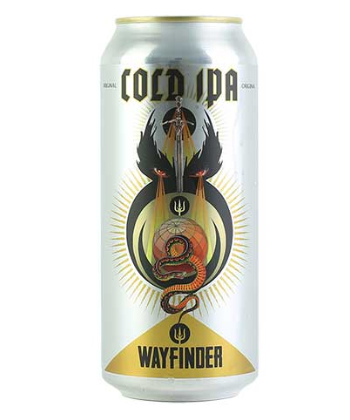
I remain dubious of the Cold IPA as a style. Does it truly offer any more staying power than other IPA trendlets — brut IPA, white IPA, rye IPA — of recent yore? A style first engineered by lager brewery Wayfinder as something dubbed Relapse IPA in 2018, it is aggressively bitter like a West Coast IPA, while remaining light and crisp like a lager. The connoisseur palate has swung from hazy to crispy in recent years, and the success of this could prove the bridge for others. When you have the big boys taking a swing at your creation — Bell’s now has a Cold Hearted — there might be something there.
24. Athletic Brewing Co. Free Wave Non-Alcoholic Hazy IPA, Stratford, Conn., <0.5% ABV
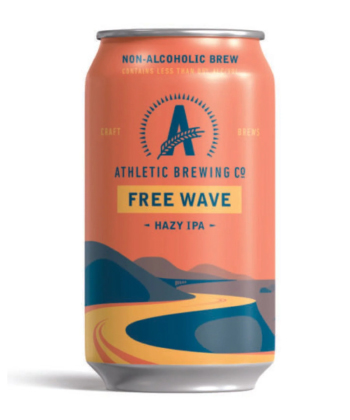
If NA drinking is going to remain red hot, if we’re going to count this sober outfit as a craft brewery — and the 27th biggest in the country at that — then their IPA must be inherently important. Personally, I find the beer a little too wort-y, if you will, but it’s a massive step up in flavor from the O’Doul’s and Bucklers that used to be the only alcohol-frees on offer.
23. Comrade Brewing More Dodge Less RAM IPA, Denver, 7.8% ABV
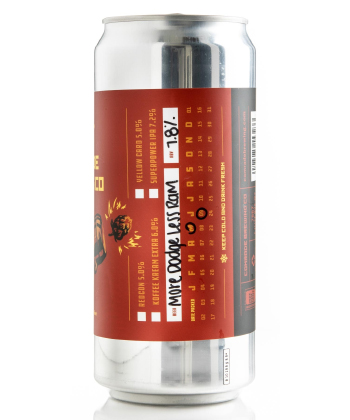
We could say who gives a shit about silly beer awards and dismiss them entirely for the purpose of this list (because really, who cares?). But if you win the Great American Beer Festival’s American-style India Pale Ale category, the most entered category annually, then you must be somewhat important for at least a year. This year’s winner, coming from Soviet-themed brewery Comrade Brewing in the Denver ’burbs, remarkably also claimed GABF gold in 2019. It kinda feels like more people should have noticed this by now.
22. Mcilhenney Brewing Co. Muntz New Zealand Hopped Rye IPA, Alpine, Calif., 7.2% ABV
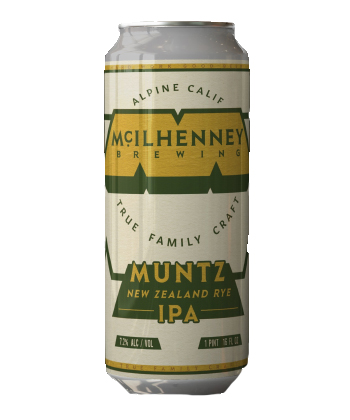
A story as old as time (or at least the early 2010s): Alpine Beer Co. was making some of the finest IPAs in America when they were acquired by San Diego’s Green Flash in 2014 before being foreclosed on in 2018, before being acquired by a cannabis company. Long story short — they completely fucked up this former gem of the West Coast. Longtime Alpine brewer Shawn Mcilhenney eventually went back to his little Alpine space and started brewing the same great beers under different names. Alpine Nelson was their best beer back in the day, and this Nelson Sauvin-hopped rye IPA is every bit as good. Proof, if anything, that it’s the people who make IPAs, not the faceless corporations.
21. Parish Brewing Co. Ghost in the Machine IPA, Broussard, La., 8.5% ABV
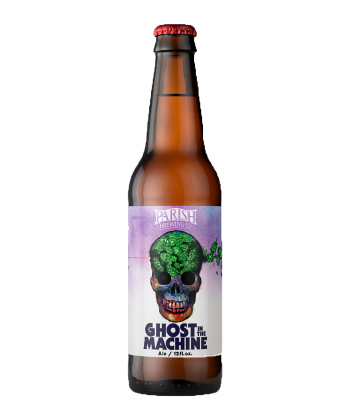
The beer that proved NOLA ain’t just a cocktail town and New England IPAs need not necessarily come from New England. If 2014 was the year the NEIPA began to go mainstream, most people were only paying attention to those hazies coming out of the great Northeast. Quietly in the Bayou, however, this Citra-stuffed stunner was launched onto the scene. Today, it, and especially its double dry hopped (DDH) version, are some of the highest-regarded New England IPAs from outside the region.
20. Pipeworks Brewing Co. Ninja Vs. Unicorn Double IPA, Chicago, 8% ABV
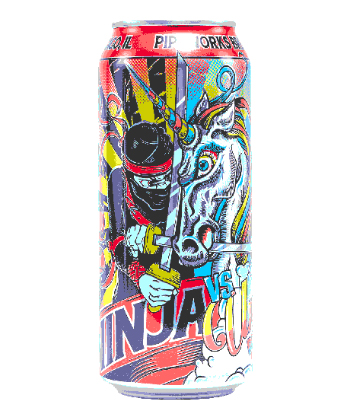
My 6-year-old daughter’s favorite can design was first released in 2015 and since then has become a well-traveled hit outside of the Chicagoland area. Like many important IPAs of this era, Pipeworks’ top earner has spawned an entire Ninja vs. Unicorn extended universe, including Ninja vs. Unicorn The Haze, Ninja vs. Unicorn The Cryo, and Mini Unicorn among others.
19. Maine Beer Co. Lunch IPA, Freeport, Maine, 7% ABV
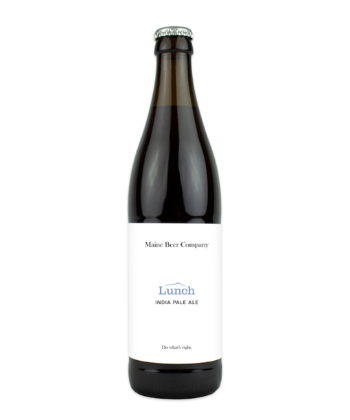
The little brewery that became a force — and a force for good. Initially operating out of a tiny tasting room on Portland’s famed IndustriAle Way, their earlier beers were too good to deny. Their first “whale,” Lunch, put them on the national map. Today, Dinner and Second Dinner give them standing as some of New England’s best IPA makers (and surely the best that still only uses bottles for them). All the while they’ve been donating proceeds and “doing what’s right” for the planet.
18. Two Roads Brewing Company Two Juicy Hazy Double IPA, Stratford, Conn., 8.2% ABV
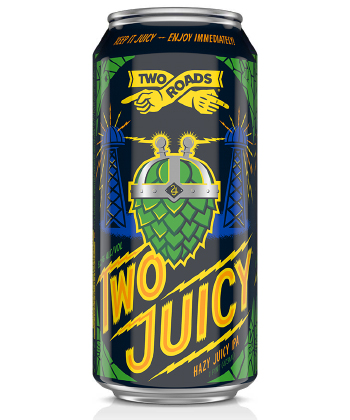
The emergence, and now dominance, of what I might call “supermarket hazies” might foretell the end of the category. For now, however, the ease of finding New England hop juice in any grocer in actual New England is hard to deny. This Nutmeg State powerhouse has recently released a “juicy” variety 6-pack as well, which includes two cans each of Two Juicy, Lil’ Juicy, and Mega Juicy, their imperial hazy IPA.
17. Creature Comforts Brewing Co. Tropicália IPA, Athens, Ga., 6.6% ABV

If the South was once a desert of IPAs, the region now offers one of the best and best-selling stabs at the style in the entire country. A fruit-forward IPA — passion fruit, citrus — that isn’t a hazy, this clean, subtly bitter option is a great introduction to the category. One such fan is “Avengers” director Joe Russo, who fell hard for the beer while filming in the state. He’s since become an investor, given the beer a cameo in “Endgame,” and helped the brand expand to a soon-to-open Los Angeles taproom.
16. Trillium Congress Street IPA, Boston, 7.2% ABV
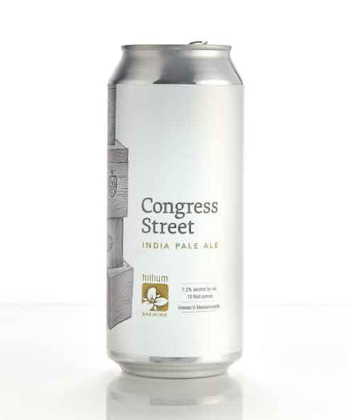
Boston was one of the key epicenters of canned IPA growth and Trillium still stands as one of the pioneers of NEIPA. Their flagship IPA, hopped with Galaxy and Columbus, recalls a simpler time when they had a tiny tasting room near Congress Street in their Fort Point neighborhood; before everything was DDHed, before they’d expanded to Fenway and Canton and opened a zoo of a summer beer garden near the water. Before we all knew that IPA was the key to any city.
15. Sweetwater Brewing Co. Delta Elevated H.A.Z.Y. IPA, Atlanta, 6.2% ABV
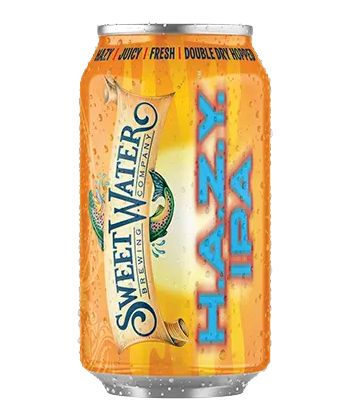
For the jet-setting beer enthusiast, the IPA options on domestic carriers are slim, with most serving conglomerate-owned crap, typically well past its freshness date. You can find the Bud-backed Goose Island IPA on American flights, Sam Adams’ Wicked Hazy IPA on JetBlue, and Voodoo Ranger on Frontier, but that’s about it. Then there’s Delta, which serves a beer exclusively created (and formulated) for high-flying hazebois. The Atlanta brewery adds hops they believe best perform at a high altitude. It’s not the greatest beer, but when you’re crammed in the last row by the lavatory, no IPA will ever taste as good.
14. Dogfish Head 90 Minute IPA, Milton, Del., 9% ABV
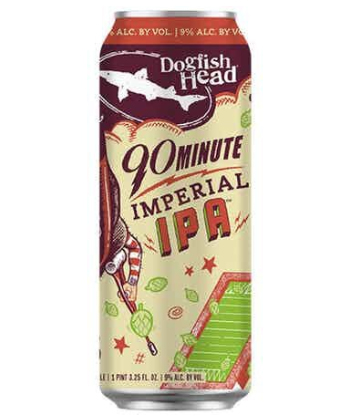
Perhaps the first IPA to truly break through in America is now over 20 years old but remains as important as ever. Sure, it’s not exactly something even thought about by tasting room scenesters; since being acquired by Boston Beer Co. in 2019, it could be even considered a part of “Big Beer.” Its flavor profile almost leans more American strong ale these days, piney and citrusy on the nose, yet with a bruising and boozy, dark fruit palate. At the least, it remains America’s finest beer available on Amtrak.
13. Cigar City Brewing Jai Alai IPA, Tampa, Fla. 7.5% ABV
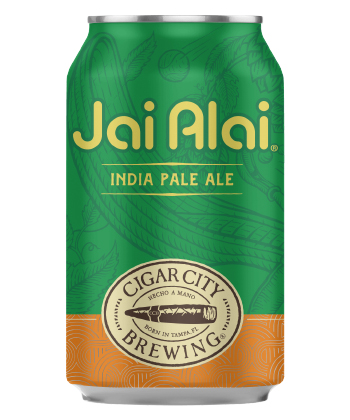
From cult favorite to private-equity owned, all in under a decade, this Tampa stalwart has a claim to being one of the the best-selling IPA 6-packs in America. Like Voodoo Ranger, Cigar City has turned its flagship IPA into an entire cottage industry, spawning variants like White Oak Jai Alai, the low-ABV Jai Low, and Pineapple Tangerine Jai Alai IPA. Newly released mixed 12-packs of the IPA foursome were released earlier this year.
12. Hill Farmstead Brewery Abner IPA, Greensboro Bend, Vt., 8.3% ABV
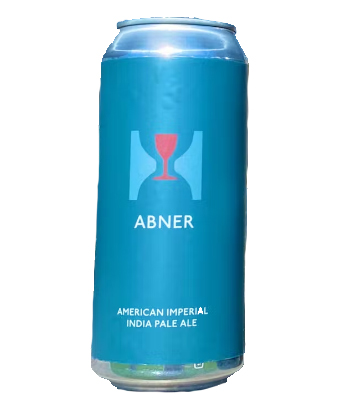
If you’re going to perpetually be considered the world’s best brewery, and you’re in Vermont no less, then your most available IPA is pretty important. Brewed since 2010, this double IPA lacks the de rigeur fruity hops that so many New England IPAs favor these days. Instead, the classic C hops (Centennial, Columbus, Chinook) coax out a profile that is both fruity and piney, its toes skirting the line between West Coast bitterness and the hazy revolution that was soon to come.
11. Monkish Brewing Co. Foggy Window Double IPA, Torrance, Calif., 8.1% ABV
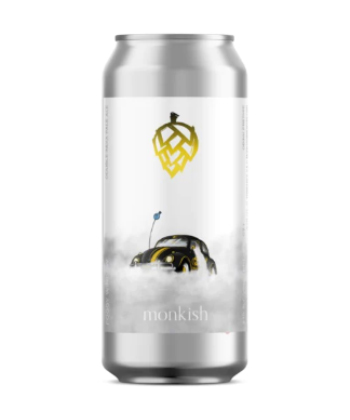
Other Half’s West Coast doppelgänger to a certain extent, this Los Angeles-area IPA powerhouse also draws the crowds. Like their Brooklyn brethren, they produce an insane amount of releases and variants on those releases and DDHing of those variants. Foggy Window is classic Monkish, however, a double IPA fueled by the troika of Citra, Nelson Sauvin, and Galaxy hops. Not bad for a brewery that literally opened with a Belgian beer aesthetic, and a sign in their tasting room that jokingly noted “No MSG. No IPA.”
10. Other Half Brewing Co. DDH anything, Brooklyn, various ABV
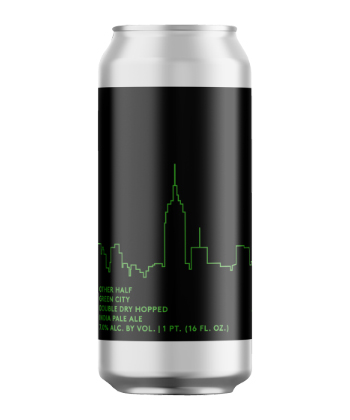
When a brewery produces so many different IPAs, week after week, it starts to render none of them important. But, in many ways, Other Half is the most important IPA maker in America. They aren’t brewing in some rustic, out-of-the-way town, but getting it done in the biggest city in the country. (Each summer they even host an IPA festival, Green City, that brings in the biggest IPA makers from across the world.) Their IPA program and taproom have surely inspired countless other urban and non-urban breweries, forging a path for how IPA can equal $$$.
9. Toppling Goliath Brewing Co. King Sue Double IPA, Decorah, Iowa, 7.8% ABV
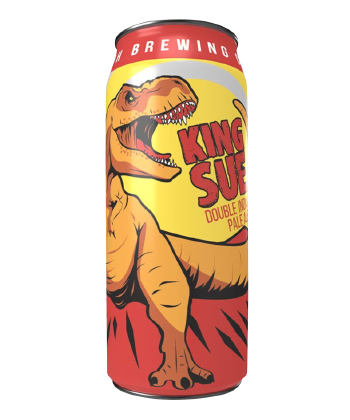
The quality of a beer becomes evident when it goes from a limited hype release to nationally distributed and yet its acclaim and desirability barely drops. Sure, what IPA isn’t great when it’s a few days old, straight from the brewery? But when it’s traveled the country and been handled (and mishandled) and still tastes sublime? That’s a great beer and one of great importance.
8. Bell’s Brewery Two Hearted Ale Comstock, Mich., 7% ABV
Launched in 1993, Two Hearted was the first Midwestern IPA that truly mattered. Its flavor profile isn’t exactly of-the-moment today — Centennial hops, solidly malty — but you can’t tell that to oodles of Michiganders and other Midwesterners, dispersed throughout the country, who still see the can with the trout on it as the pinnacle of the form. It continues to be named the American Homebrewers Association’s best beer of the year, year after year.
7. Lawson’s Finest Liquids Sip of Sunshine IPA, Waitsfield, Vt., 8% ABV
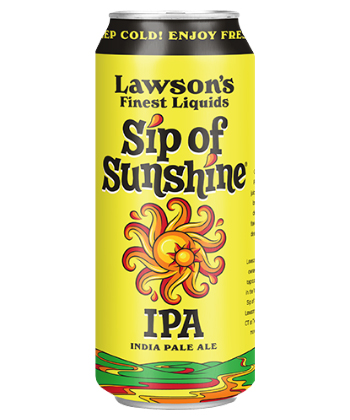
Like their fellow Vermont brethren at No. 3 on this list, Lawson’s Finest has managed to remain great while not letting the hazeboi obsessives dilute their ethos or beer quality. Spawned in a 280-square-foot nano-brewery shed in 2008, Lawson’s Finest was one of the first to turn the IPA into a business model, releasing countless takes on the style; the Citra and Mosaic-steeped Sip of Sunshine would become the face of the brewery, however, and a sort of Vermont IPA 1B to Heady Topper’s 1A (even if it is really brewed in Connecticut). It set a standard for an IPA that could be incredibly citrusy and incredibly drinkable, without just being a slurry of OJ.
6. Firestone Walker Brewing Co. Hopnosis IPA, Paso Robles, Calif., 6.7% ABV
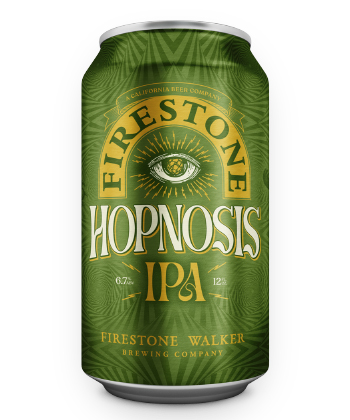
More than any other category, the IPA has always been one about innovation. Firestone Walker has likewise been able to continually stay relevant by not only following new hopping trends, but by sometimes even pioneering them. Hopnosis is the first widespread IPA to use cryo hops — a process that freeze-concentrates the lupulin in a whole-leaf hop to inject incredible flavor without the bitterness. One of the most exciting new IPAs of 2022.
5. New Belgium Brewing Voodoo Ranger family, Fort Collins, Colo., various ABV
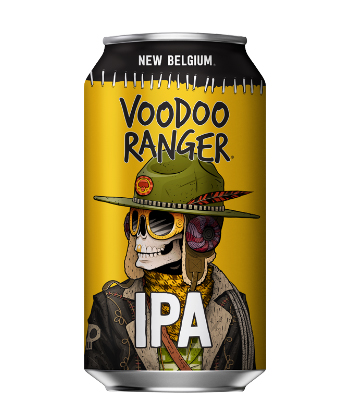
“Of the Top 30 [beer] brands growing dollars YTD, pretty much all of them are IPA, and about half belong to New Belgium’s Voodoo Ranger family,” read an August article from Craft Business Daily. Now I don’t necessarily consider ubiquity to equal importance, but it’s damn impressive how the longtime Fort Collins brewery, once better known for their incredible barrel-aging program (old heads will fondly remember La Folie) has come to dominate the IPA race. Whether the original, Voodoo Ranger Juice Force IPA, or Voodoo Ranger Hop Raider, the sunglass-clad skeleton has penetrated the mainstream in a way few other IPAs can these days.
4. Sierra Nevada Brewing Co. Celebration IPA, Chico, Calif., 6.8% ABV
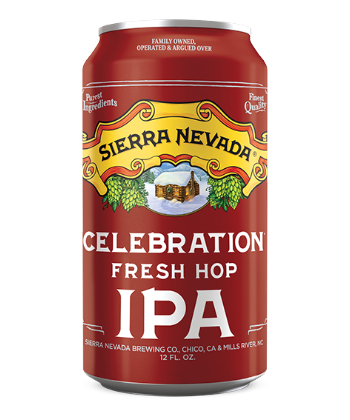
This pioneering brewery claimed our No.1 most important beer last year with their Hazy Little Thing — the first hazy IPA to be distributed nationwide — but I actually think a beer they first brewed in 1981 is more important than ever. A fresh or wet hop IPA — meaning Pacific Northwest hops go from picked off the bine directly into the brew kettle, as opposed to the dry hops or pellets more frequently used — it is only available in late fall and early winter. You could call it the first ever Christmas IPA, but its massive cult following among the cognoscenti seems to harken back to a time when IPAs were piney, a bit malty, and totally bitter — and that’s how we liked it!
3. The Alchemist Brewery Heady Topper, Stowe, Vt., 8% ABV
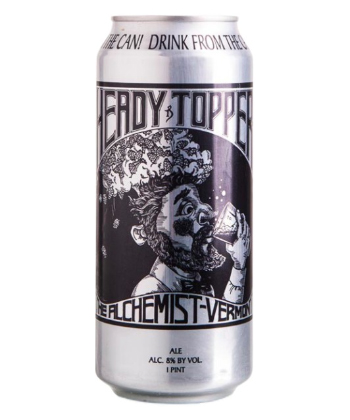
First released on tap in 2004 and first canned in 2012, Heady Topper is a classic that remains indomitable. You could claim it started the hazy IPA train, even if its a lot more clear and dry than the juice-bombs most breweries are pumping out today. There’s no argument, however, that The Alchemist made putting IPAs in pounders cans de rigeur; all the better to haul cases away from a destination brewery. Nearly two decades after its creation, and a decade after I first tried it, I’m still excited when I stumble upon a “drop” at a bar or store near me.
2. Russian River Brewing Co. Pliny the Elder, Santa Rosa, Calif., 8% ABV
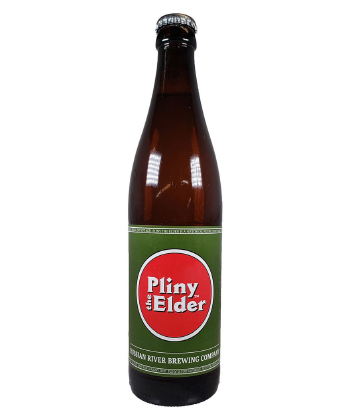
Another old-school beer that has never lost its luster. If its brewer, Vinnie Cilurzo, is typically credited with having invented the double IPA in 1994 while at Blind Pig Brewing, Pliny the Elder (first brewed in 1997) would be what became the face of the category, if not West Coast IPA in general. Distinctly dry, piney and bitter, packaged in strange 500-milliliter bottles with Comic Sans font, it offers nothing today’s hoi polloi demands, and yet, they still demand Pliny, clearing shelves whenever they are lucky to find some. Russian River hasn’t rested on their laurels either, releasing DDH Pliny the Elder (in cans no less!) in 2021. You could likewise argue Pliny the Younger, a triple IPA, and currently the second-highest ranked IPA on all of Untappd, is even more important, generating $6 million in economic impact for Sonoma this year.
1.Tree House Brewing Co. Julius, Charlton, Mass., 6.8% ABV
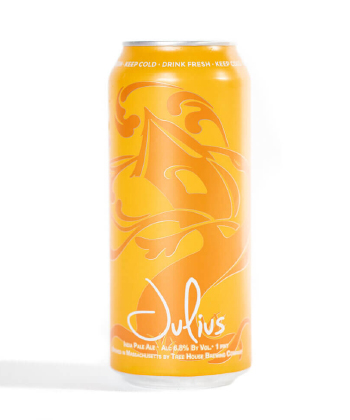
You could probably have five or 10 or 25 Tree House IPAs on this list, so thoroughly does this central Massachusetts brewery dominate the style, especially on user-graded ratings sites and apps like Beer Advocate and Untappd. If you’ve had Tree House, you’ll knowingly argue that this juicy flagship is not their absolute best effort. (In fact, its supersized brother, King JJJuliusss, is actually the highest-ranked IPA on all of Untappd.) If you’ve yet to make it to one of the brewery’s four locations to secure some cans — the only way to get them — you’d be lucky to score a single can of Julius, so hard are they to come by. The fact Tree House only exists within the confines of one state, yet continues to expand — earlier this year, they bought a freakin’ golf course — and continues to tackle other styles and even other beverages (they’ve also opened a cidery in Connecticut), means Julius could be the most important IPA for the next decade.



